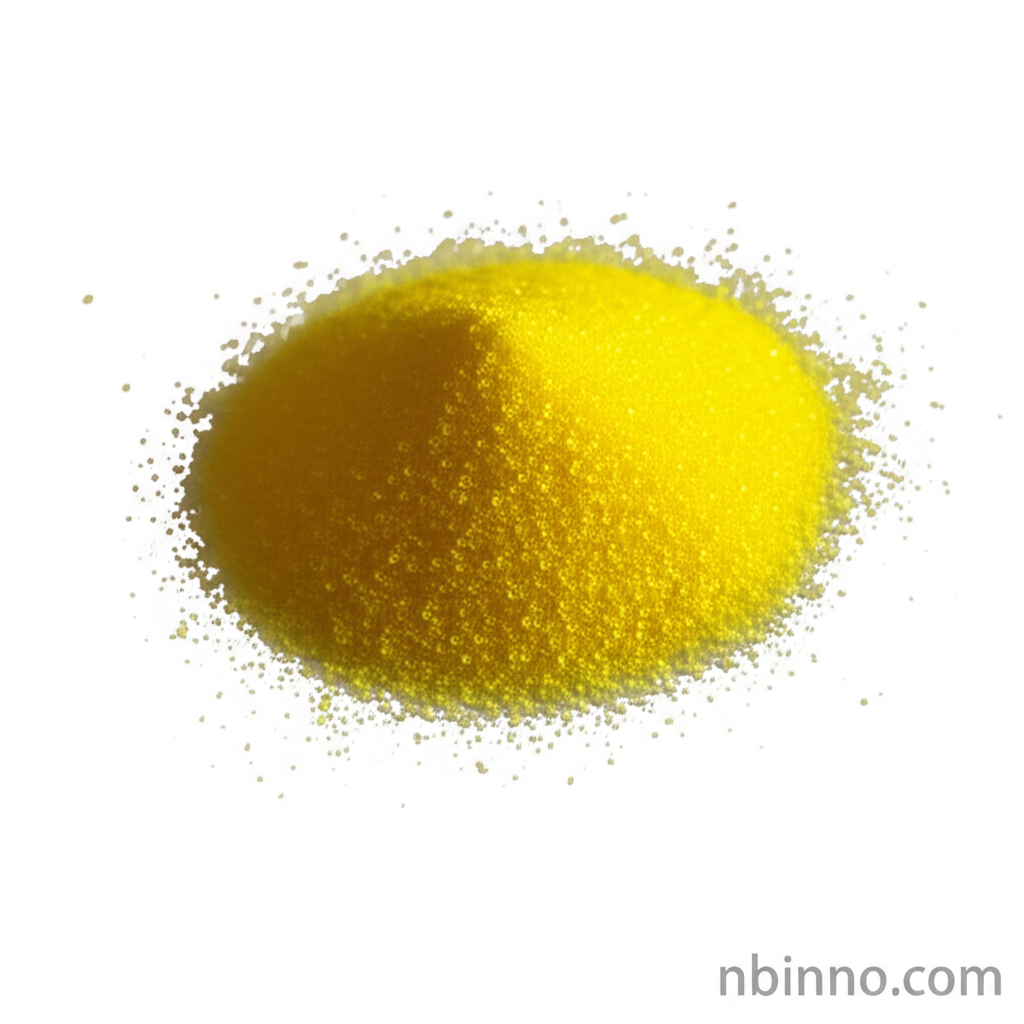Ethyl Thiooxamate: Synthesis, Reactivity, and Applications
Discover the versatile chemical compound Ethyl Thiooxamate, from its synthesis to cutting-edge applications.
Get a Quote & SampleProduct Core Value

Ethyl Thiooxamate
Ethyl Thiooxamate (CAS No. 16982-21-1) is a crucial compound in modern chemistry, serving as a foundational building block and intermediate. Its unique molecular structure, combining thioamide and ester functionalities, enables a wide array of chemical transformations. This makes it invaluable for constructing complex organic molecules, particularly nitrogen- and sulfur-containing heterocycles, which are vital in pharmaceuticals and agrochemicals. The compound is also finding new roles in advanced materials, demonstrating its broad applicability and ongoing relevance in scientific research and industrial development.
- Explore the established ethyl thiooxamate synthesis pathways, including Lawesson's reagent applications, to understand its efficient production.
- Delve into the intricate ethyl thiooxamate reactivity, understanding how its functional groups drive diverse chemical reactions.
- Investigate the significant role of ethyl thiooxamate applications in advanced organic synthesis and novel materials.
- Learn about the principles of green chemistry ethyl thiooxamate synthesis, promoting sustainable chemical practices.
Key Advantages
Versatile Synthetic Intermediate
Ethyl thiooxamate serves as a critical organic synthesis intermediate, facilitating the creation of diverse molecular structures essential for various industries.
Enabling Heterocyclic Chemistry
Its unique structure makes it a cornerstone in heterocyclic chemistry ethyl thiooxamate reactions, enabling the synthesis of complex ring systems.
Foundation for Material Innovation
Ethyl thiooxamate contributes to advancements in materials science, showing promise in applications like perovskite light-emitting diodes, driving technological progress.
Key Applications
Organic Synthesis
As a versatile building block, ethyl thiooxamate is fundamental in constructing complex organic molecules through various reaction pathways.
Heterocyclic Chemistry
It is extensively used in the synthesis of nitrogen- and sulfur-containing heterocycles, vital for pharmaceutical and agrochemical development.
Materials Science
Emerging uses include its role as an additive in perovskite light-emitting diodes (PeLEDs), enhancing film quality and device performance.
Research and Development
Its well-defined reactivity and synthetic accessibility make it a key compound for academic and industrial research exploring new chemical entities.
